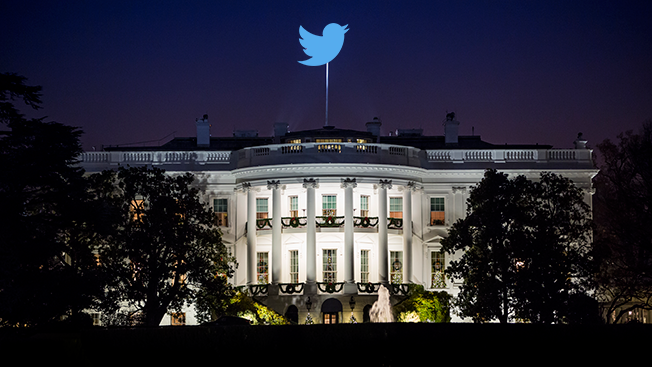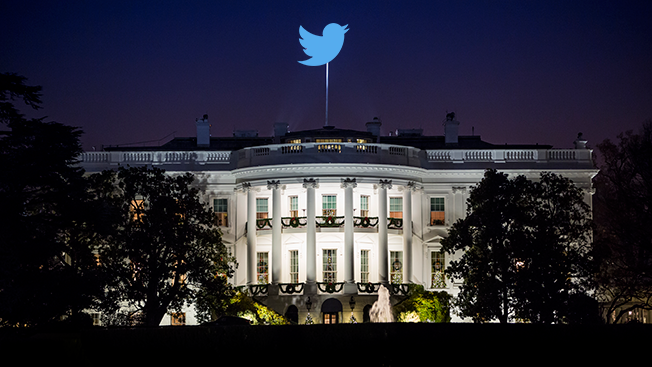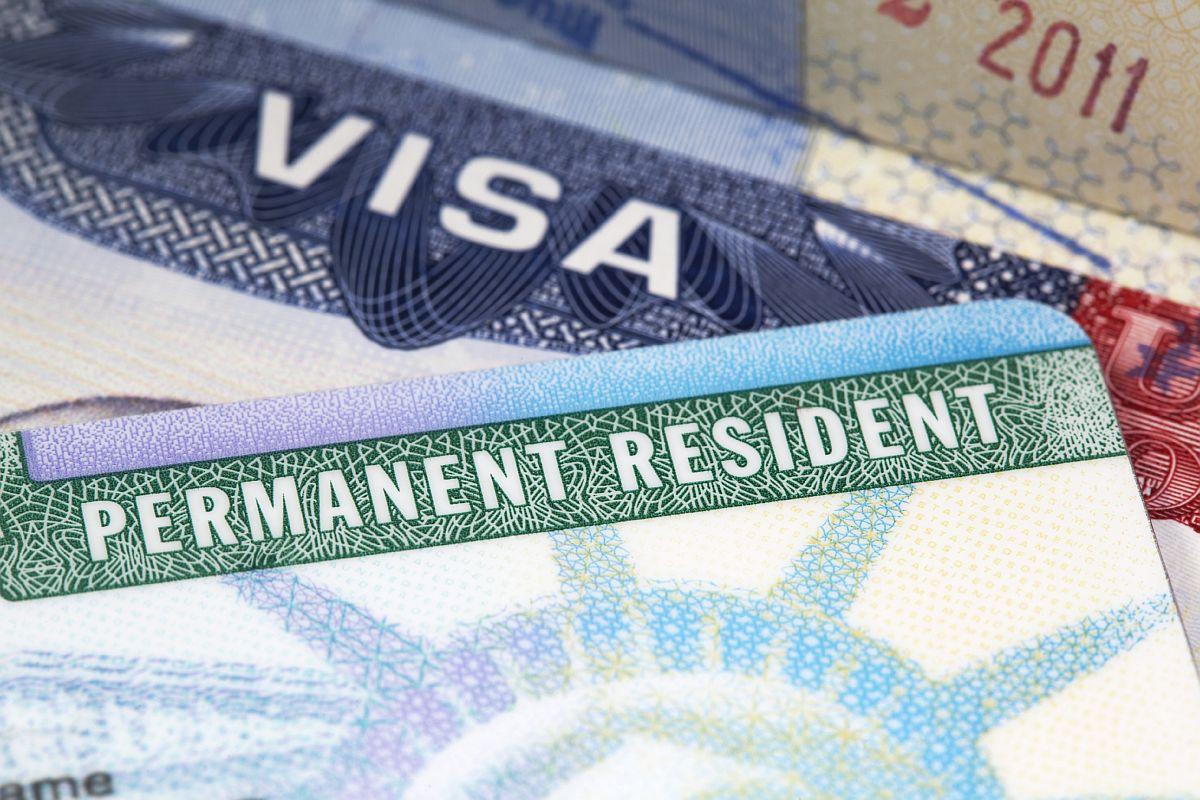New Presidential Proclamation issued on June 22 (which was not tweeted before hand).
Click here to read the proclamation in its entirety in the event you may view our interpretation as “fake news” — we aim to please.
Those applying for new H-1Bs, H-2Bs, Js, and Ls overseas will not have visas issued to them. The visa suspension includes all dependents. This will last until December 31, 2021.
Note we said “overseas” — if you are in the United States applying for these visas, then you should be okay. And there are other exceptions to the visa suspensions above which deal with those entering the US to provide temporary labor essential to the U.S. food supply chain, medical care/research professionals involved with COVID-19, and a catch all to include those who are necessary to facilitate the economic recovery. The last category is very broad and all you have to do is to convince staff at the local US Embassy.
And as it says in the header, this proclamation does not apply to Canadians. (I could go into detail about immigration law particularities (Canadians not really needing visas in a lot of categories) and possible political pressure, but the end result is that if you are a Canadian national, the proclamation does not apply to you).
The earlier proclamation from April 22, 2020 still controls and has been extended through this proclamation until the end of the year, December 31, 2020.
Obviously this is bad news for US companies, especially with those that need to move around their executives & managers (the L-1 intra-company transfer). We do a lot of L visas, so this will affect us, especially since a majority of our L applicants are applying overseas at their respective US Embassies (unlike H-1Bs where there is a substantial number who are applying from the United States — usually on their post-graduate OPT).
On a digression I wonder how this will affect ski resorts who rely on a lot of H-2Bs to staff their resorts. Our firm does NOT do any H-2Bs, but I do ski and love chatting with the friendly resort staff from all over the United States and other parts of the world (with a lot of Australians and New Zealanders in California and more Argentines & Brazilians in Colorado in my experience). They are mostly young people who are enjoying their time in the US, hanging out with other American workers at the resorts, and very dedicated to their work before they go home after the ski season. It seemed like a win-win for everyone. But I don’t think win-win is what the proclamations are going for.








You must be logged in to post a comment.